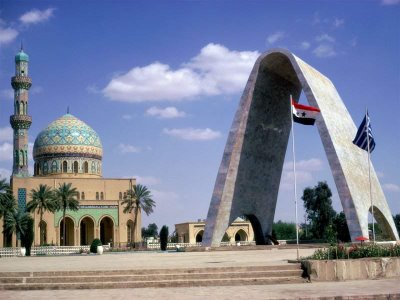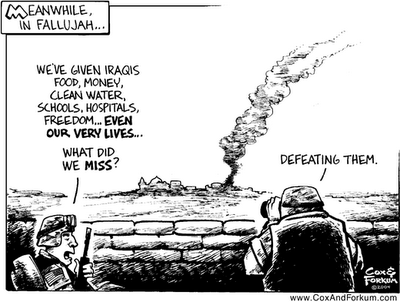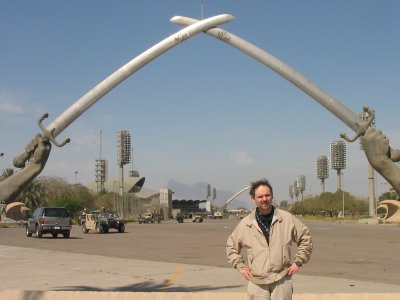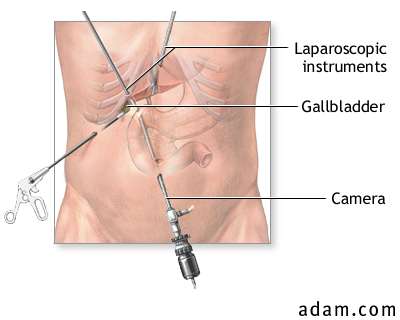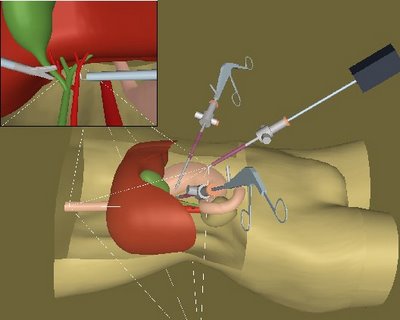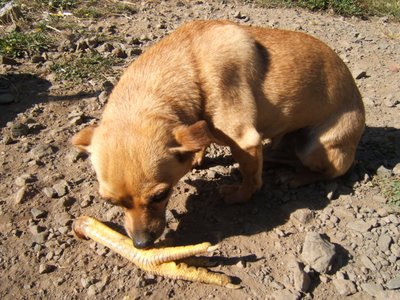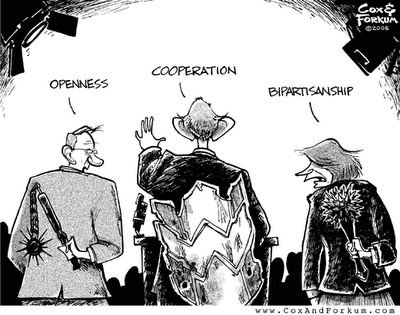
Not lost, like a sock, or Atlantis. I mean lost, in the sense that it is missing from the parade of the world's great restored and FUNCTIONING Christian Churches of old.
This Turkish Church is a sad story. It functioned as a church for 900 years, till the Muslim conquest of Constantinople in 1453. It was then converted into a Mosque, stripped of it's Christian artwork, it's murals covered over with plaster. Minaret towers were added at various times.
Centuries later, prior to the recognition of Ataturk's republic by Europe, was a demand that Hagia Sofia be restored as a Christian Church. Ataturk refused, but compromised by turning it into a Museum in 1935.
Joshua Trevino at the Brussel's Journal reports on the state of this grand old church today:
The Shell of the Great Church
The Hagia Sophia is a tragedy in being.
At the center of old Constantinople stood the Church of the Holy Wisdom -- the Hagia Sophia. Where the great cathedrals of the West took decades or centuries to erect, the Hellenized Romans of the eastern Empire built the largest house of worship in Christendom in just five years. And they did so in the depths of the Dark Ages -- and it is still the largest free-standing domed church on the planet. [...]
The article goes on to give some of the historical background, leading up to it's transformation into a mosque. When it eventually becomes a museum, some of the old Christian artwork is uncovered, but unfortunately little effort is made to preserve it:
[...] Of especial note is the once-glorious mosaic of the Virgin, Christ, and John the Baptist on the upper level. When the Turkish Republic stripped the Ottoman whitewash in the 1920s, it was found preserved whole. Eighty years later, nearly two-thirds of it is gone, its tesserae ripped from the walls by looters and souvenir-seekers. A pathetic little photograph is now pasted to the wall beside its remains: this is what it used to look like, before it was victimized not by time, but by carelessness and apathy.

The Great Church is a dead shell. One enters it, and one is struck by its immensity and antiquity. But then, as one walks about it, one is struck by something else: its stasis. The house of God has no God in it, no worshippers of any kind, and no future to complement its past. The other great churches of Christendom are at the least well-preserved, and most even have active congregations. Aggressively secular Paris manages to find congregants -- and funds -- for Notre Dame. The Basilica of St Peter retains an active glory. St Mark's in Venice, nearest to the Hagia Sophia in decor and form, is yet alive with something more than tourists. The Church of the Holy Sepulchre in Jerusalem is patrolled by prickly monks of various denominations. With the exception of St Peter's, I have been to all of these, and now, this morning, to the Hagia Sophia. I have seen the great spaces of Christianity. And among them, only the Hagia Sophia is dead. It is a metaphor and a warning -- of the Ecumenical Patriarchate under the Turks, and of Christianity under Islam. [...]
(bold emphasis mine) I find it ironic that Muslims the world over claim intolerance is being aimed at their religion, while they are themselves so actively intolerant of other faiths. The dead Hagia Sophia is a monument to this. And the fact that it is in Turkey, considered the most modern and secular of Muslim nations, makes it even more sad.
If you like history and old churches, read the rest of the article, which has a link to more photos by Joshua Trevino. The are links below also offer more photos and history as well.
Here are some photos of some of the restoration work that has been done:

There has been controversy over the restoration work, because in order to uncover the Christian artwork, it would be necessary to destroy Muslim artwork that was put over it.

These two photos came from the Wikipedia page, via the link below. Visit there to see even more photos of the artwork of Hagia Sophia, and to read more about the Christian/Muslim artwork controversy.
Related Links:
Wikipedia: Hagia Sophia
Hagia Sophia, the Mother Church
Byzantine Catholic Culture





